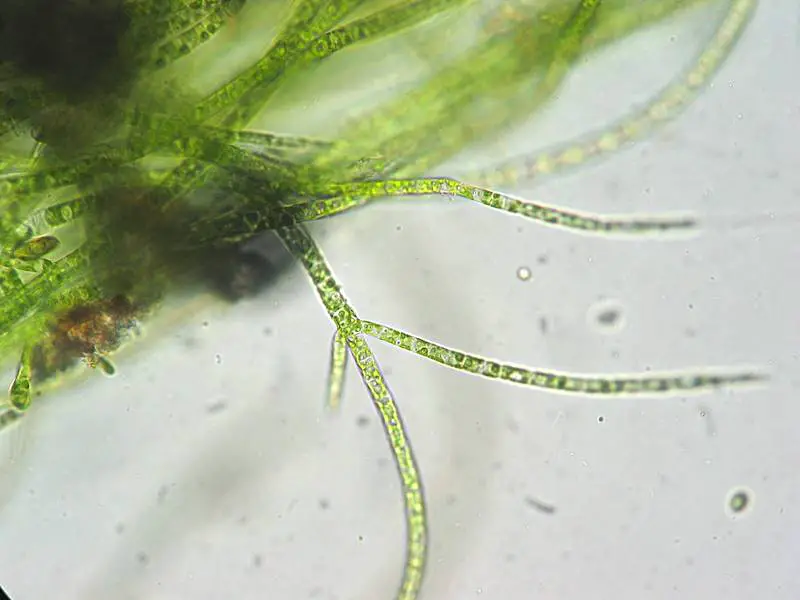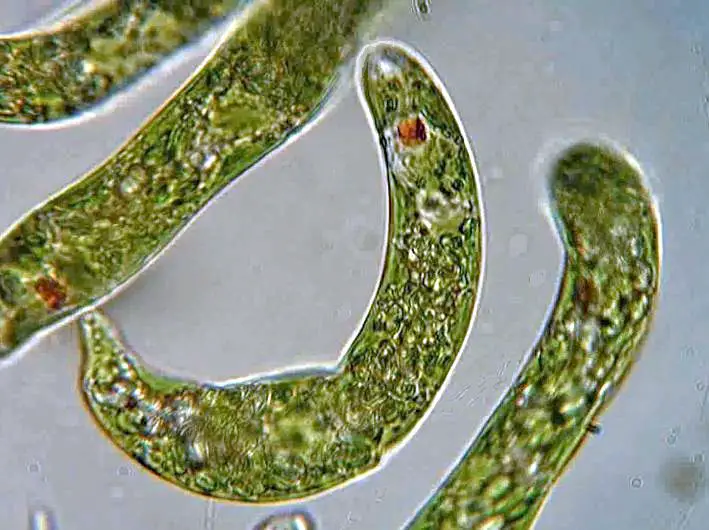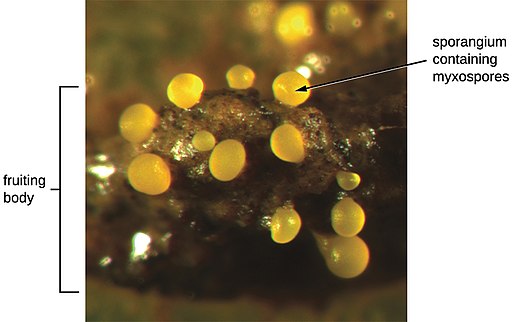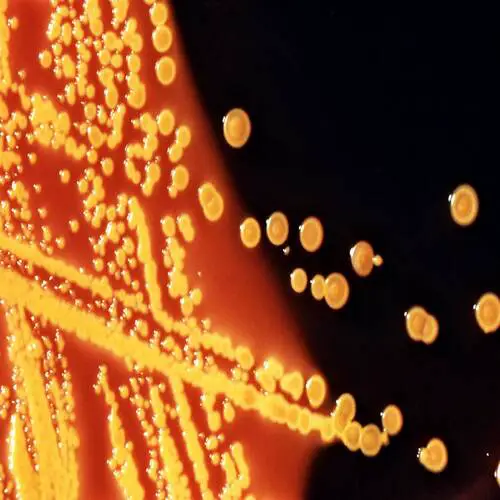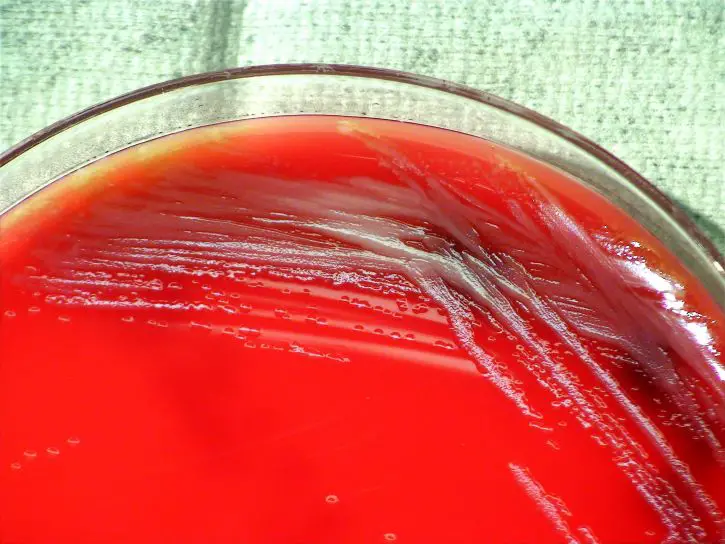Pond Water Under the Microscope
Pond water refers to a standing body of water. This is usually smaller than a lake and may either be man-made or natural.
Pond water contains a variety of plant and animal life. While some can be seen with the naked eye, others are too small and will require the use of a microscope to be able to properly observe them.
Some of the organisms that can be found in pond water include:
Depending on the pond, students will be able to observe a variety of living things under the microscope.
While students will be able to identify animal organisms under the microscope from the fact that they move, they may have some difficulty identifying some organisms, which may look like plants or fungi.
For instance, students may not be able to differentiate protists, which may look like they belong to the plant kingdom but are neither animals, plants or fungi. This particular organism can be found in wet places such as ponds or fish pools.
Read about Protists on MicroscopeMaster here.
Requirements
- A jar of pond water
- Microscopic glass slides
- Droppers
- Microscope
- Microscopic cover slips
- Blotting paper/Tissue paper
Pond Water Preparation
1. Gently stir the jar containing the water sample in order to ensure uniform distribution of organisms in the water.
2. Using a dropper, place two or three drops of pond water at the center of a clean, sterile microscopic slide.
3. Place a clean, sterile cover on top of the water drop (This should be done carefully, placing the slide on one edge at a 45 degree angle and gently laying it on top of the water to allow for even spreading of the water sample and remove bubbles)
4. Touch a piece of blotting paper on one side of the slide to absorb any excess water.
5. Place the slide on the microscope stage for observation.
On the other hand, students can suspend a microscope slide in to the jar of pond water. This would also allow microorganisms to attach themselves onto the slide and then can be observed.
In this case, all microorganisms that had concentrated at the top of the pond water sample attach onto the slide.
Students should learn how to use and adjust the microscope from low power to high power to observe smaller and individual organisms. While colonies of protozoa can be viewed using 30X on a stereo microscope, other microorganisms such as hydra and daphnia can actually be seen without magnification since they tend to be multicellular.
As such, they can be seen simply using a magnifying glass. On the other hand, using a higher power greater than 100X would be necessary to properly observe protists (diverse eukaryotic organisms).
Basic Observations
For this experiment, starting with low power, students will have the opportunity to see a number of microorganisms both from the plant and animal kingdom.
Although learning their names and their life cycle may interest the students, they can start by identifying them, comparing them with images on the blackboard or books and differentiating those that belong to the animal kingdom from those that belong to the plant kingdom.
Here, students can sketch down what they observe and later label the different parts of the organisms.
Conclusion
The primary goal here is for students to observe for themselves the different types of small organisms, which live in the pond and their diversity. Making rough sketches allows them to draw what they see and how they see them.
This also allows them to estimate the different types of organisms they have seen and a sense of how they appear.
Moreover, to determine how much they have learnt, the experiment may be followed up by a few guiding questions such as:
- What was the shape of the organisms they observed?
- Did they move?
- How did they move?
Lastly, it is important that students thoroughly clean their hands using water and soap. Pond water contains a wide range of microorganisms so cleaning their hands will help prevent contamination and illness.
Check out our pages on Amoeba under the Microscope and Euglena Under the Microscope
Read our information page on Algae - Reproduction, Identification and Classification
If you don't yet own a microscope advice on choosing a microscope could help.
Check out a special page on Microorganisms in pond water as well as a closer look at Plankton and Diatoms
Return to Beginner Microscope Experiments
Return to MicroscopeMaster Home
Find out how to advertise on MicroscopeMaster!
